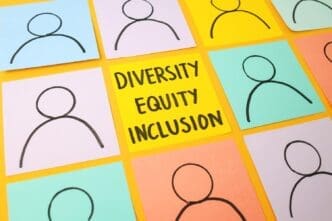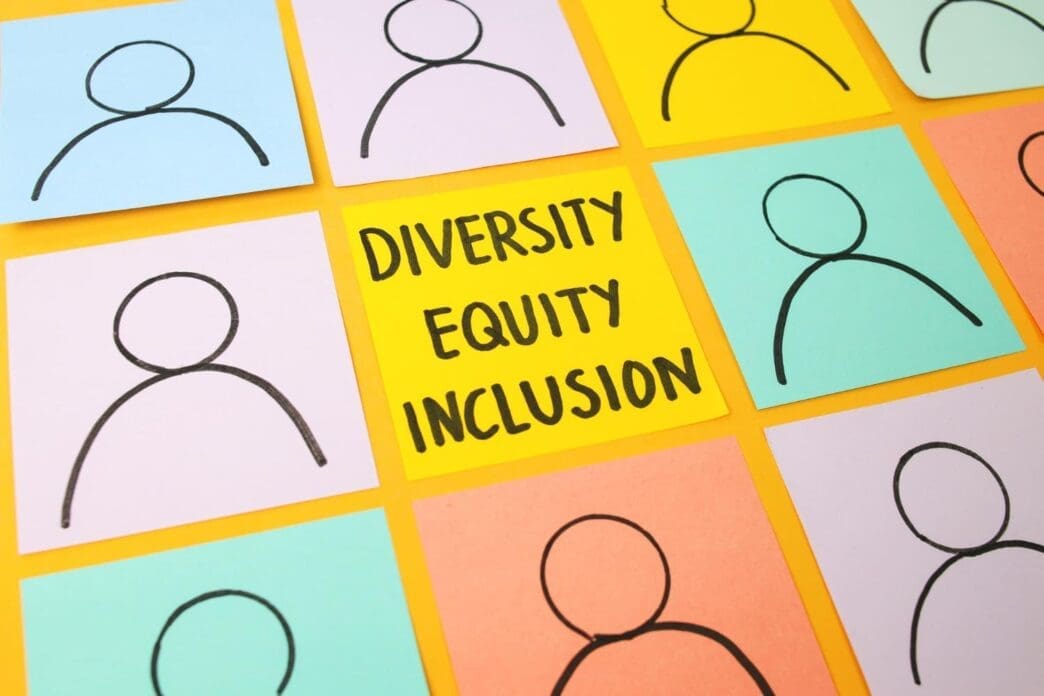In recent years, Target emerged as a champion of diversity, equity, and inclusion (DEI) initiatives. However, the company has recently shifted its stance. Originally committed to increasing its Black workforce significantly, Target has reevaluated these ambitious goals. This pivot reflects broader changes in the corporate landscape concerning DEI.
Target’s initial response to George Floyd’s tragic death was a bold commitment to racial equity. The company assured increased support for Black communities and minority-owned businesses. Now, Target’s plans have evolved, embracing a new strategy under the banner ‘Belonging at the Bullseye.’ This move signifies a broader trend affecting major corporations.
The Rise of Target’s DEI Commitment
Initially, Target positioned itself as a leader in DEI advancement. In 2020, following George Floyd’s death near its headquarters, CEO Brian Cornell announced ambitious plans. The company pledged to boost its Black workforce by 20% and committed to racial equity initiatives. These efforts were part of a broader movement among businesses to support minority communities.
Target promised to inject over $2 billion into Black-owned businesses by 2025. The initiatives included increasing products from Black vendors and backing scholarships for students at historically Black colleges. The Executive Leadership Council lauded Target’s efforts, underscoring its bold commitment to integrating DEI into its business model.
Adjusting Strategies Amidst Challenges
New pressures influenced Target’s decision to reassess its DEI approach. Rising opposition from right-wing factions and legal challenges have impacted corporate strategies. Notably, former President Trump’s actions placing federal diversity employees on leave signaled changing tides in public sentiment.
Facing backlash during Pride Month for certain merchandise, Target encountered additional hurdles. Accusations of inappropriate marketing fueled controversy, leading the company to remove specific products. This decision aimed at safeguarding employees and store safety, but also stirred discontent among DEI advocates.
From DEI to ‘Belonging at the Bullseye’
Target’s shift reflects a strategic pivot towards a new inclusion strategy. The ‘Belonging at the Bullseye’ program focuses on fostering a sense of belonging across its consumer base, irrespective of race. This approach aims to adapt to evolving societal expectations.
Gone are the explicit diversity quotas and financial commitments of the past. The revised strategy now centers on holistic engagement, bypassing previous explicit commitments to racial representation. This adjustment demonstrates Target’s response to external pressures while attempting to maintain its inclusive culture.
These changes indicate a significant realignment of Target’s priorities. The company seeks to redefine what inclusion means beyond numerical targets. While the primary objectives have shifted, Target emphasizes a continued dedication to diverse experiences and cultural relevance for all customers.
Corporate America’s Broader Shift
Target’s transition highlights a wider trend across corporate America. Companies like Amazon, Meta, and Walmart have also recalibrated their DEI programs, reacting to external pressures. This realignment underscores a shift from explicit diversity goals towards broader inclusion narratives.
In the past, firms spent billions on DEI initiatives, reflecting a spike in corporate responsibility. However, mounting resistance has led businesses to reconsider their approaches. For Target, this means focusing on creating an inclusive atmosphere for all, devoid of explicit quotas.
This broader trend illustrates a fundamental change in how companies perceive and implement DEI strategies. The focus shifts from quantitative measures to qualitative experiences, aiming for engagement and customer connection without strict adherence to racial metrics.
Reactions and Backlash
Target’s scaled-back DEI efforts drew mixed reactions. Some view it as a necessary adaptation, while others see it as a betrayal of core values. Prominent figures and organizations have expressed disappointment, with calls for boycotts intensifying.
Nina Turner, a political leader, has urged shoppers to boycott Target, emphasizing the power of consumer choice. Meanwhile, discussions with groups like the NAACP and National Action Network reflect ongoing deliberation on how to address the perceived shift.
Challenges persist as businesses try to navigate between upholding stated values and responding to market pressures. For many, Target’s actions symbolize a need to find a balance between commitment to diversity and pragmatic business decisions.
Supplier Dynamics and Business Relationships
Concerns about Target’s revised DEI stance have extended to its relationships with suppliers. Black-owned brands and minority entrepreneurs question the future of their partnerships. Melissa Butler, founder of beauty brand Lip Bar, highlighted this anxiously.
While Target reassures its dedication to minority-owned businesses, skepticism remains. The shift from explicit racial targets to broader inclusion raises questions about long-term support for these brands.
Suppliers worry that reduced focus on diversity metrics might undermine previous progress. Despite changes, Target commits to maintaining its assortment, aiming to ensure that all guests feel seen and celebrated through a diverse product range.
LGBTQ+ Support and Brand Evolution
Target’s changes have affected longtime LGBTQ+ supporters. Twin Cities Pride dropped Target as a sponsor due to perceived cuts in DEI commitments, highlighting the tension between brand decisions and community expectations.
Target responded by emphasizing its continued support for diverse groups, although some partnerships have ended. The discontinuation of certain sponsorships marks a significant shift in the company’s philanthropic focus and public perception.
Yet, Target remains committed to creating joyful experiences for customers of all backgrounds. The focus on belonging recognizes the diversity within its consumer base, aiming to reflect this variety in its offerings and store experiences.
Navigating Market Complexities
As companies like Target recalibrate their approaches, they face complex market landscapes. Balancing consumer expectations with corporate objectives presents ongoing challenges. This complexity requires a nuanced understanding of market dynamics and consumer sentiment.
The delicate act of maintaining brand loyalty while adapting to changing societal norms is evident. Evaluating the impact of these strategic changes on customer relationships remains crucial.
Target and others are tasked with demonstrating how evolving strategies align with their brand values. Ensuring transparency and maintaining consumer trust are vital in successfully managing these transitions.
A Future Defined by Change
The future for Target and its peers is marked by adaptability. DEI strategies will continue to evolve, influenced by both internal goals and external realities. Companies must stay vigilant, responding to shifts in public opinion and regulatory landscapes.
Target’s new direction may serve as a blueprint for balancing inclusivity with business sustainability. It underscores the importance of flexibility in corporate strategies amid evolving expectations.
In navigating these shifts, businesses like Target will continue to redefine their roles in society. The focus remains on inclusive engagement, striving for meaningful connections with diverse consumer bases while staying economically viable.
Summing Up the Transition
Target’s move reflects a broader realignment in corporate America, where businesses are reevaluating DEI commitments.
The company’s shift from explicit quotas to broader inclusion narratives highlights the changing nature of modern business practices.
Future success will depend on striking the right balance between diversity and business objectives. These evolving strategies will shape the corporate landscape for years to come.
Target’s strategic redirection in DEI efforts marks a significant moment within the business landscape. Companies now face the challenging task of aligning principles with market realities. This evolving scenario requires vigilance and adaptability as businesses strive to meet diverse expectations. The shift in Target’s approach underscores the broader complexities in balancing inclusivity and business goals.








